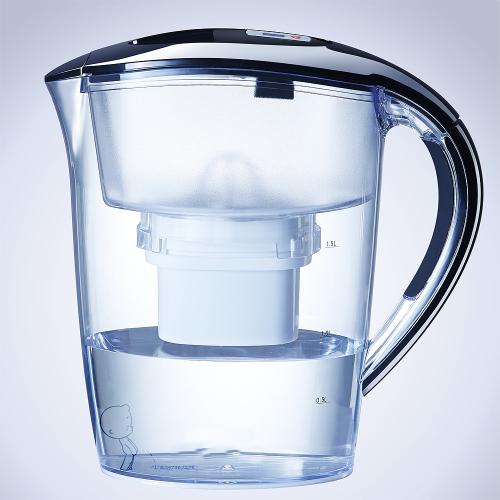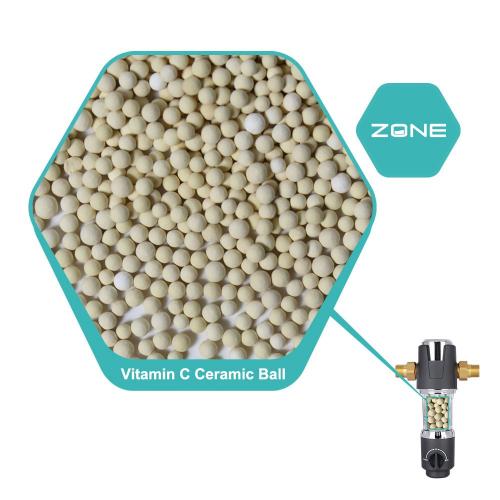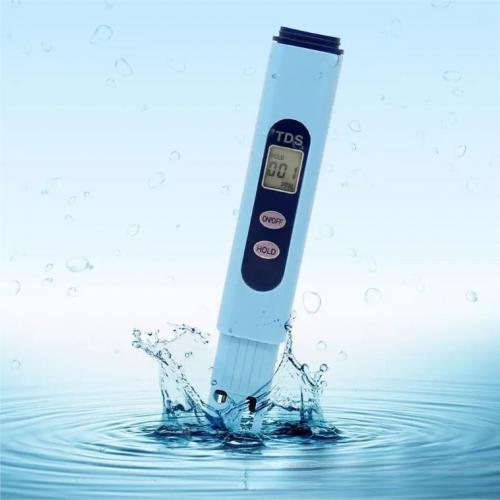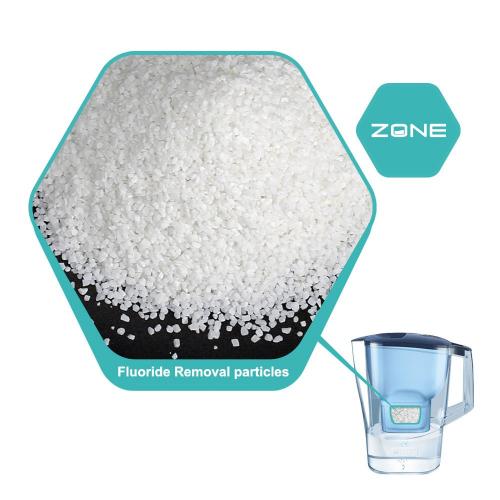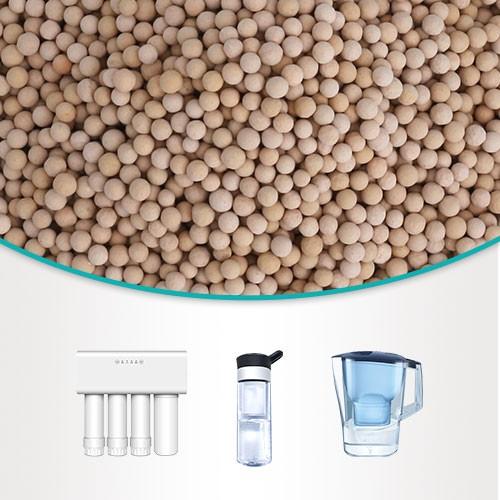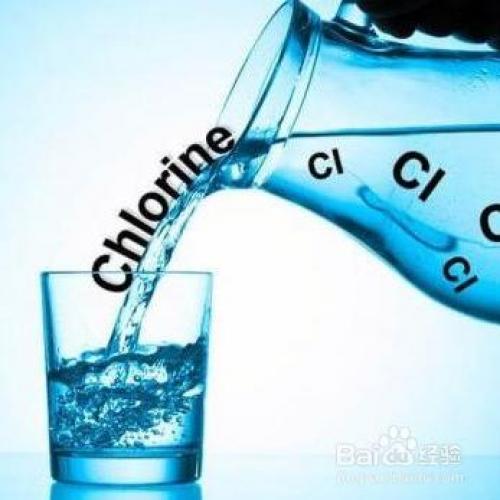Pure water treatment basic process term explanation
Update time: 23-02-13 Views: 1219
pure water treatment basic process term explanation
By Zhao from Onlyzone,a manufacturer of water treatment bio ceramic ball filter media in China.
1. Coarse filtration: refers to mechanical filtration to remove suspended solids, colloids, turbidity, color, and peculiar smell in water. The main filtration methods include clarifiers, quick filters, sand filters, sand filters, multimedia filters, activated carbon filters, disc filters, high-efficiency fiber filters, etc.
2. Fine filtration: the filter membrane made of special materials has high filtration precision. The common ones are microfiltration membrane and cartridge filtration.
3. Ultrafiltration: It is a membrane filtration that removes macromolecules, colloids, bacteria, etc. High filtration precision, the common ultrafiltration membrane.
4. Reverse osmosis: Reverse osmosis is referred to as RO. Its principle is that the raw water passes through the reverse osmosis membrane under the action of high pressure, and the solvent in the water diffuses from high concentration to low concentration to achieve the purpose of separation, purification and concentration. The direction of penetration is opposite.
5. Ion exchange: Various inorganic salts in water are ionized to form cations and anions. When passing through the hydrogen-type ion exchanger layer, the cations in the water are replaced by hydrogen ions, which is the desalination principle of the cation bed; after passing through the OH-type ion exchanger layer When the layer is formed, the anions in the water are replaced by OH- ions, which is the desalination principle of the anion bed.
The mixed bed is an ion exchange device in which cation and anion exchange resins are mixed and packed in the same exchange column in a certain proportion.
6. EDI: It is a new desalination process combining electrodialysis and ion exchange. It takes the strengths of electrodialysis and mixed bed ion exchange, uses ion exchange for advanced treatment, does not need reagent regeneration, and uses ionization to generate H+ and OH- to achieve regeneration purpose of the resin.
